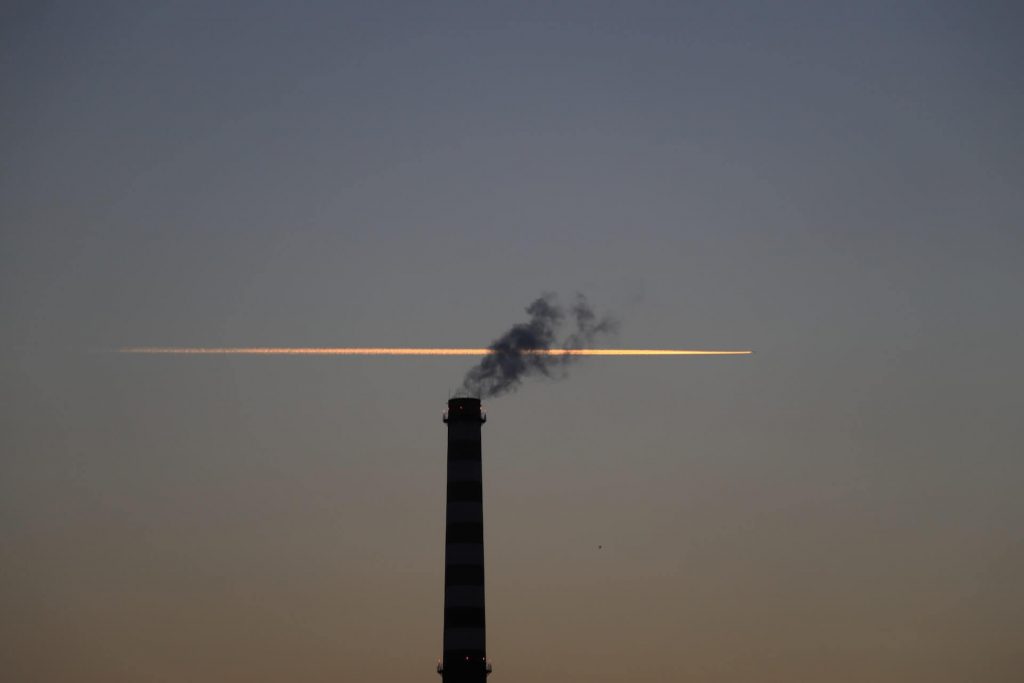Resources > Our Business
Investment in Low-Carbon Energy Technology Reaches New Heights, Surpassing $1 Trillion Globally

Global investment in the low-carbon energy transition reached a record of $1.1 trillion in 2022, surpassing the previous year and approaching the same level as investments in fossil fuels, according to a report from BloombergNEF (BNEF). This comes as the energy crisis and policy actions drive the faster deployment of clean energy technologies.
The “Energy Transition Investment Trends” report is BNEF’s annual accounting of how much funding businesses, financial institutions, governments, and end-users are committing to the low-carbon energy transition. And according to the revealed data, almost every sector covered in the report achieved a new record level of investment in 2022.
Renewable energy, which includes wind, solar, biofuels, and other renewables, remained the largest sector in investment terms, with a new record of $495 billion committed in 2022, a 17% increase from the previous year. Electrified transport, including spending on electric vehicles and associated infrastructure, came close to overtaking renewables with $466 billion in 2022, a 54% increase from the previous year.
Despite strong interest from the private sector and growing policy support, hydrogen received the least financial commitment at just $1.1 billion in 2022, only 0.1% of the total. However, hydrogen is the fastest-growing sector, with investment more than tripling over the previous year.
China was by far the leading country for attracting energy transition investment, accounting for $546 billion or nearly half of the global total, while the US was a distant second at $141 billion. Germany held its position at third, while the UK fell one spot to fifth, allowing France to move to fourth place.
However, despite the impressive results in 2022, the report finds that global investment in lower-carbon technologies is still far from what is needed to confront climate change. For the world to achieve the 2050 net zero CO2 emissions trajectory, such investment must immediately triple, according to BNEF’s estimate.

The report also finds that climate-tech corporate finance, which describes new equity financing raised by companies in the climate-tech space, was $119 billion in 2022, a 29% decline from the previous year.
BNEF also reports that clean energy factory investment grew to $78.7 billion in 2022, up from $52.6 billion in 2021. Manufacturing facilities for batteries and related components formed the largest share of this at $45.4 billion, while solar factories attracted $23.9 billion. China accounted for 91% of manufacturing investments in 2022, despite efforts from other countries to capture more of the global clean energy opportunity. BNEF estimates that factory investment for clean energy technologies only needs to average $35 billion annually between 2023-26 to get on track for its Net Zero Scenario.
Overall, the report highlights the need for much more investment in the energy transition to achieve net zero in the long term. While the results in 2022 are impressive, the world must invest an annual average of $4.55 trillion for the remainder of this decade in order to get on track under BNEF’s Net Zero Scenario.
Access the report here.



